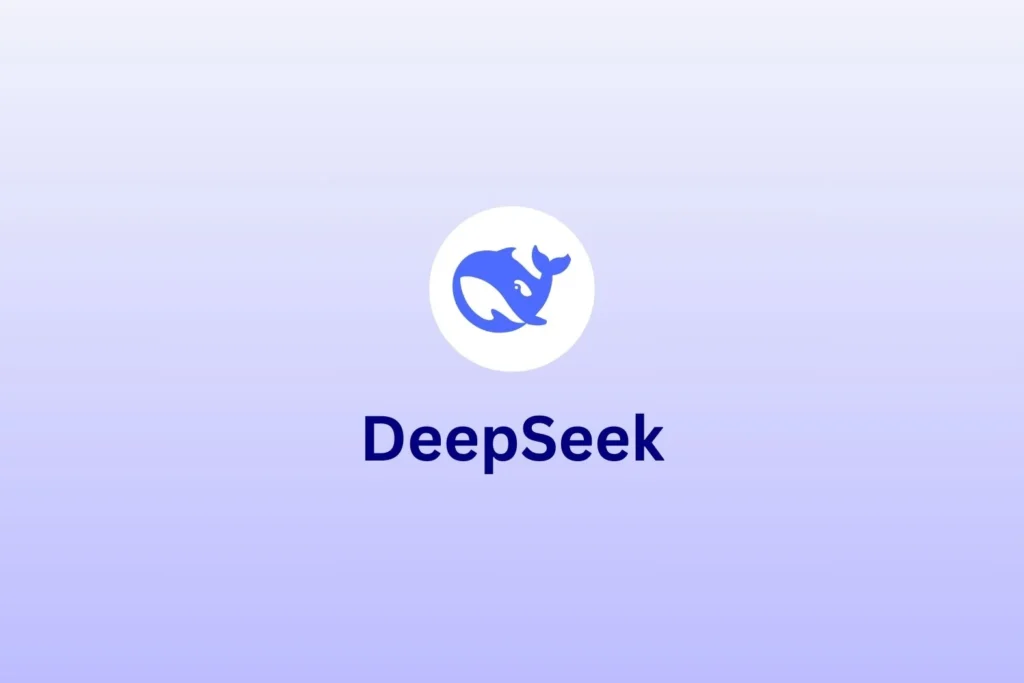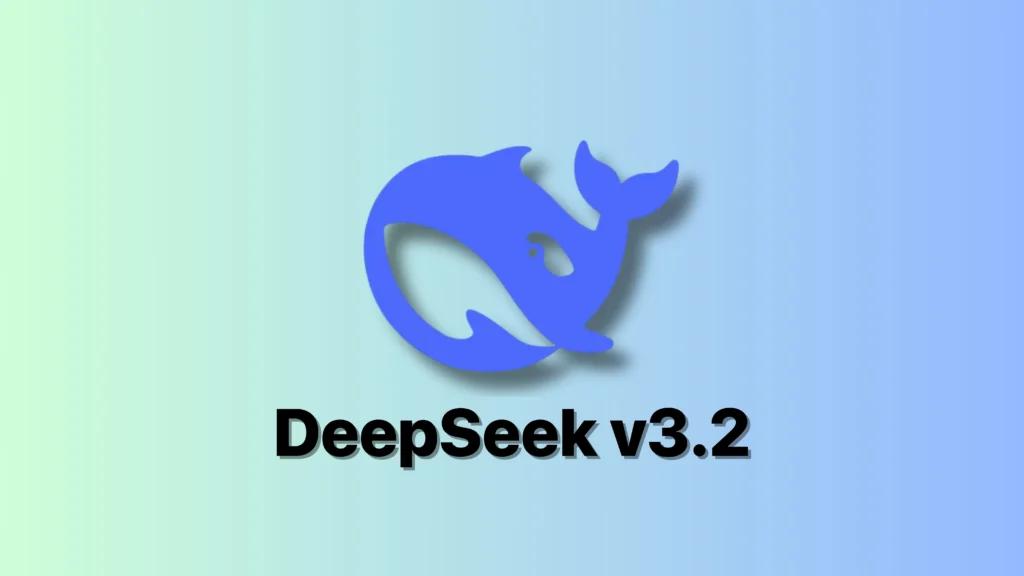DeepSeek 作為 ChatGPT 等成熟 AI 模型的一種經濟高效的替代方案的出現,促使許多開發人員和組織提出以下問題: DeepSeek 是否施加與 ChatGPT 相同的使用和效能限制? 本文研究了 DeepSeek 的最新發展,將其局限性與 ChatGPT 的局限性進行了比較,並探討了這些限制如何影響用戶體驗、安全問題和市場動態。
ChatGPT 有哪些限制?
在將 DeepSeek 與 ChatGPT 進行比較之前,必須先了解 ChatGPT 用戶目前遇到的主要限制。
速率限制和 API 配額
OpenAI 實施嚴格的速率限制,以確保公平使用並防止濫用。例如,GPT-3.5-turbo 模型限制為每分鐘 500 個請求 (RPM) 和每天 10,000 個請求 (RPD),每分鐘令牌 (TPM) 上限為每分鐘 200,000 個令牌(例如,約 150,000 個單字)。這些限制有助於 OpenAI 在其龐大的用戶群中管理運算資源。開發人員必須實施指數退避和請求批次等策略,以避免在使用量超過允許閾值時出現「429:請求過多」錯誤。
上下文和令牌長度限制
除了速率限制外,ChatGPT 模型還對單一請求中可處理的令牌數量設定了上限。早期的 GPT-4o 迭代最多支援 128,000 個令牌,而 OpenAI 最新的 GPT-4.1 已於 14 年 2025 月 4.1 日將此視窗擴展至 XNUMX 萬個令牌。然而,並非所有用戶都能立即存取完整的 XNUMX 萬個令牌模型;免費和低端帳戶通常依賴較小的上下文視窗(例如 GPT-XNUMX Mini),這些視窗仍然超出了先前的限制,但比旗艦版本更加嚴格。
訂閱等級和定價限制
ChatGPT 的限制也因訂閱等級而異。免費用戶受到更嚴格的速率和上下文限制,而 Plus、Pro、Team 和 Enterprise 等級則逐步解鎖更高的 RPM 和 TPM 限額,以及存取高級模型(例如 GPT-4.1)。例如,GPT-4.1 Mini 是免費帳戶的預設模型,取代了 GPT-4 Mini,而付費方案用戶可以更快地存取更高容量的版本。定價仍然是一個重要的考慮因素,因為在處理大量代幣或部署像 GPT-4.1 這樣強大的模型時,API 使用成本可能會迅速上升。
什麼是 DeepSeek 以及它如何挑戰 ChatGPT?
DeepSeek,正式名稱為杭州深尋人工智慧基礎技術研究有限公司,是一家中國人工智慧新創公司,由梁文峰於2023年創立。它的快速崛起不僅因其性能指標而受到全球關注,還因其在成本上可能超越ChatGPT而備受矚目。
DeepSeek 功能概述
DeepSeek 於 1 年初推出了其旗艦車型 DeepSeek-R2025。儘管訓練預算約為 6 萬美元(相比 GPT-4o 預計超過 100 億美元的訓練成本),DeepSeek-R1 的表現仍與領先模型不相上下,尤其是在數學推理和程式設計任務方面。它的成功歸功於高效的硬體資源利用、創新的模型擴展以及降低採用門檻的開源方法。
技術創新:專家融合與思路鏈
DeepSeek-R1 效能的核心在於其混合專家 (MoE) 架構,該架構僅啟動其 671 億個參數中的一小部分(每個查詢約 37 億個參數),與依賴 4 兆個參數的 GPT-1.8o 等單晶片模型相比,計算開銷顯著降低。結合將複雜問題分解為逐步邏輯的思維鏈推理,DeepSeek 在競技程式設計、金融分析和科學研究等領域實現了高精度。

DeepSeek 是否會施加與 ChatGPT 類似的使用限制?
儘管 DeepSeek 秉承開源精神,但用戶自然會詢問是否存在與 ChatGPT 的費率上限或代幣配額相當的限制。
來自公開文件和使用者報告的證據
DeepSeek 的官方文件中關於明確的速率限制數字或令牌上限的描述相對較少。 DeepSeekAI Digital 的一篇文章(2025 年 10 月)指出,DeepSeek“可能根據服務等級(免費或付費)、用例或技術約束施加某些限制”,但僅提供了通用示例——例如免費等級每分鐘 100-1,000 個請求,付費等級每分鐘 1 個以上請求——並未具體說明 DeepSeek-R4,096 說明的具體值。同樣,文件中也提到了特定於模型的輸入和輸出令牌長度限制:較小的 DeepSeek 變體可能為 32,000 個令牌,而高級模型則可能為 XNUMX 個以上令牌,這與其他 AI 平台中常見的模式相似。
根據技術架構推斷約束
雖然沒有確切的數字,但可以合理推斷,DeepSeek-R1 強制的最大上下文長度為 64,000 個令牌,正如區塊鏈委員會在深入研究 DeepSeek 的功能時所強調的那樣。這遠遠超過了許多早期的 ChatGPT 模型,但仍低於 GPT-4.1 引入的 XNUMX 萬個令牌的閾值。因此,處理超大文件(例如數百頁的法律摘要)的使用者在使用 DeepSeek 進行摘要或分析時,可能仍需要截斷輸入或實現滑動視窗。
關於請求吞吐量,MoE 設計允許 DeepSeek 動態分配運算資源,這意味著速率限制可能比 ChatGPT 嚴格的 RPM 上限更靈活。然而,DeepSeek 的基礎設施仍然受制於硬體瓶頸和網路頻寬,這意味著免費或入門級套餐可能會限制請求以防止濫用——類似於 OpenAI 管理其免費 API 的方式。在實踐中,早期採用者報告稱,使用免費的 DeepSeek 帳戶時,每分鐘約 200-300 個請求就會遇到「請求過多」的錯誤,而付費套餐的開發者則報告稱,他們能夠維持 1,500 RPM 以上的速率而不會出現問題。
效能和可擴展性如何比較?
除了原始速率和令牌限制之外,DeepSeek 的效能特性和成本結構與 ChatGPT 有顯著不同。
上下文長度和計算效率
DeepSeek-R1 宣稱其 64,000 個令牌上下文視窗比 GPT-4o 的 32,000 個令牌限制(GPT-4.1 之前的版本)具有顯著優勢。此功能對於長篇文件摘要、法律合約分析和研究綜合等任務至關重要,因為在這些任務中,在記憶體中保留大量上下文至關重要。此外,MoE 架構確保僅啟動網路中相關的“專家”,從而將延遲和能耗保持在相對較低的水平。基準測試表明,由於思路鏈推理和高效的資源利用,DeepSeek 在標準化數學(AIME 4 上 79.8% vs. 63.6% pass@1)和編碼任務(CodeForces 評分 2024 vs. 1820)方面均優於 GPT-1316。
成本、開源靈活性和可訪問性
DeepSeek 最具顛覆性的功能之一是其開源授權。與仍為專有技術且需要 API 金鑰才能整合的 ChatGPT 不同,DeepSeek 允許組織下載並自行託管模型,從而減少了對第三方提供者的依賴。根據報告,使用 1 塊 Nvidia H5.5 GPU,DeepSeek-R55 訓練耗時 2,048 天,耗資 800 萬美元——不到 OpenAI GPT-4o 訓練預算的十分之一——這使得 DeepSeek 能夠提供低至每百萬個令牌 0.014 美元的緩存命中率。相比之下,GPT-4.1 的最高級版本使用成本高達每千個代幣 0.06 美元。 DeepSeek 的定價模式已經影響了 Nvidia 的股價,導致 DeepSeek-R1,000 發布當天市值暴跌 17%,市值蒸發 1 億美元——這證明了該行業對成本創新的敏感性。
入門
CometAPI 提供了一個統一的 REST 接口,在一致的端點下聚合了數百個 AI 模型,並具有內建的 API 金鑰管理、使用配額和計費儀表板。而不需要處理多個供應商 URL 和憑證。
開發人員可以存取最新的 deepseek API(文章發表截止日期): DeepSeek R1 API (型號名稱: deepseek-r1-0528)透過 彗星API。首先,探索該模型的功能 游乐场 並諮詢 API指南 以獲得詳細說明。造訪前請確保您已經登入CometAPI並取得API金鑰。 彗星API 提供遠低於官方價格的價格,幫助您整合。
結論
總而言之,DeepSeek 和 ChatGPT 都對速率、上下文長度和並發性施加了限制,以管理資源、確保安全並維護公平的存取。 ChatGPT 的限制條件已得到充分證實(例如,嚴格的 RPM/TPM 上限、基於訂閱的分級機制以及不斷演變的上下文窗口,最高可達一百萬個令牌),而 DeepSeek 的限制條件則不那麼透明,但在上下文長度(最高可達 64,000 個令牌)和成本效益方面似乎更為透明。儘管理念不同,兩個平台都強制執行使用配額,這反映了人們對計算資源、AI 安全性和法規遵從性等更廣泛的擔憂。隨著 DeepSeek 的開源方法持續受到關注,以及 ChatGPT 功能的進一步擴展,使用者必須隨時了解每個模型的限制,以優化效能、控製成本並在 AI 部署中遵守道德標準。



